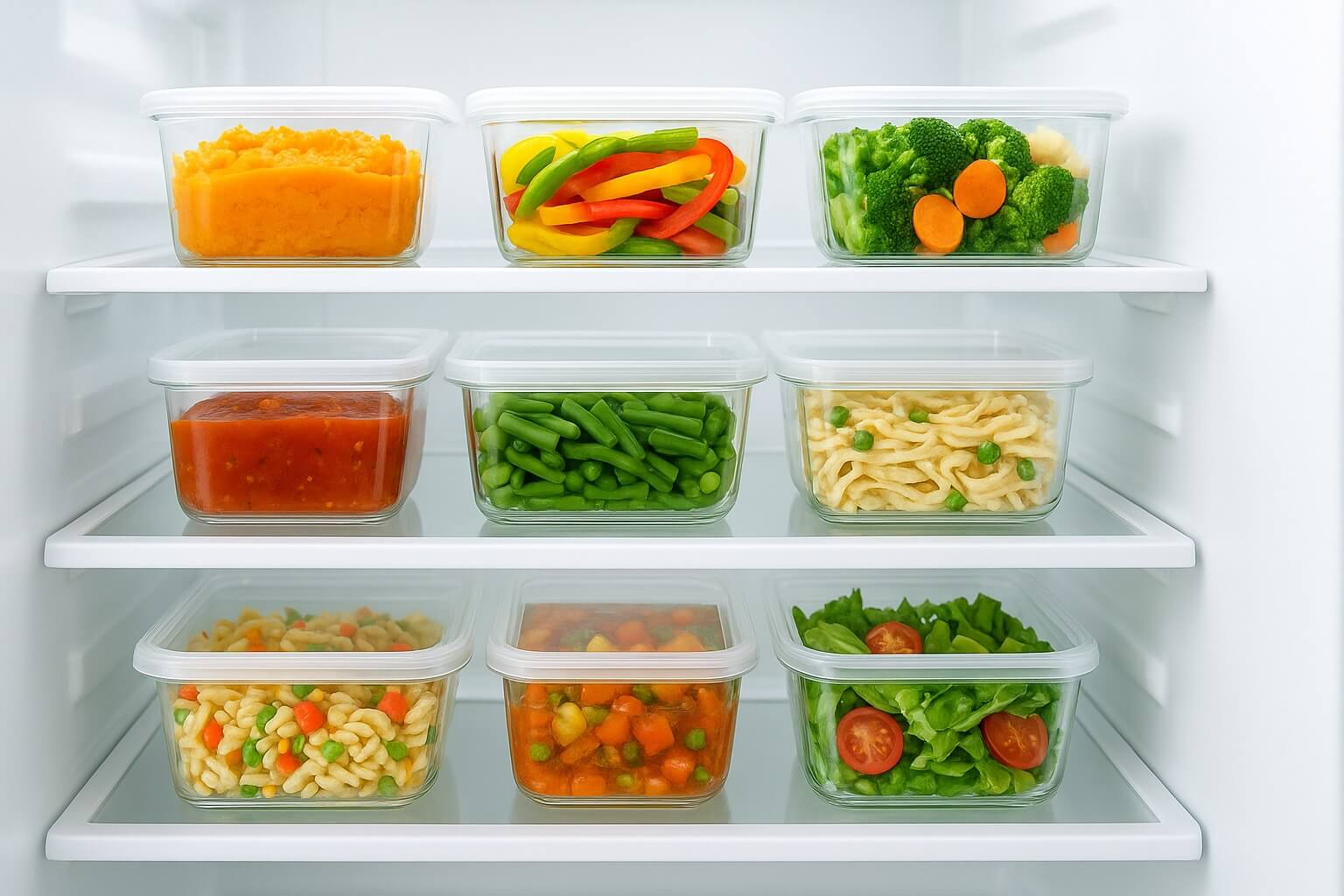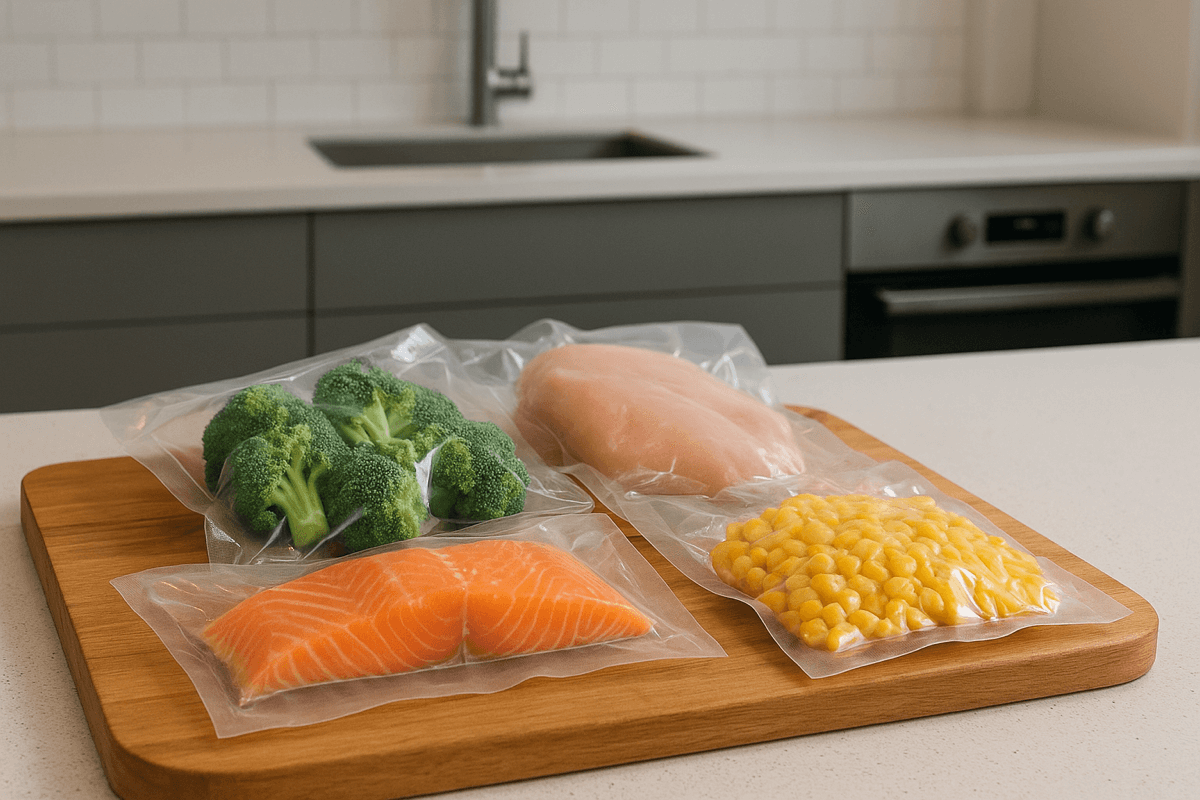Storing Leftovers Safely
Leftovers are a lifesaver for busy days, but if they’re not stored correctly, they can quickly become unsafe or lose their quality. Understanding how to cool, store, and reheat leftovers properly helps you reduce food waste while keeping meals safe and tasty.

Why Proper Storage Matters
- Food safety – prevents the growth of harmful bacteria
- Flavor preservation – keeps food tasting fresh
- Texture maintenance – avoids soggy or dried-out results
- Waste reduction – makes the most of every meal
Cooling Leftovers Quickly
Bacteria grow fastest between 5 °C and 60 °C (41 °F–140 °F), known as the danger zone. To keep food safe:
- Refrigerate within 2 hours of cooking (or 1 hour in hot weather)
- Divide large portions into shallow containers to cool faster
- Avoid leaving food out on the counter overnight
Storing in the Fridge
- Use airtight containers or wrap tightly in foil/plastic wrap
- Label with the date so you know when it was cooked
- General fridge storage times:
- Cooked meat/poultry: 3–4 days
- Soups and stews: 3–4 days
- Cooked vegetables: 3–4 days
- Pizza: 3–4 days
Freezing Leftovers
Freezing is the best way to extend shelf life:
- Cool food completely before freezing
- Use freezer-safe bags or containers to avoid freezer burn
- Label clearly with both the name and date
- General freezer storage times:
- Cooked meat: 2–3 months
- Soups/stews: 2–3 months
- Casseroles: 2–3 months
Vacuum Sealing Leftovers
Vacuum sealing is one of the most effective ways to extend the life of your leftovers. By removing air before freezing, vacuum sealing prevents freezer burn, preserves flavor, and maintains texture.

Properly vacuum-sealed leftovers can last 6–12 months in the freezer — much longer than food stored in regular containers or bags. Meat in particular retains its quality far better, and vegetables stay bright and firm after thawing.
For best results, use high-quality vacuum bags to avoid leaks. They can usually handle microwaving too, making re-heating even easier.
Reheating Leftovers
- Reheat to at least 74 °C (165 °F) throughout
- Stir halfway through microwaving to heat evenly
- Only reheat once — repeated heating and cooling increases bacteria risk
- For crispness, reheat pizza or fried foods in an oven or air fryer instead of a microwave
Tips for Reducing Waste
- Plan portion sizes to avoid too many leftovers
- Store foods in clear containers so you don’t forget them
- Repurpose leftovers into new meals (soups, stir-fries, salads, wraps)
Conclusion
Storing leftovers safely is about more than convenience — it’s about protecting your health and making food last longer. With quick cooling, airtight storage, and safe reheating, you can enjoy yesterday’s meal with today’s flavor and freshness.